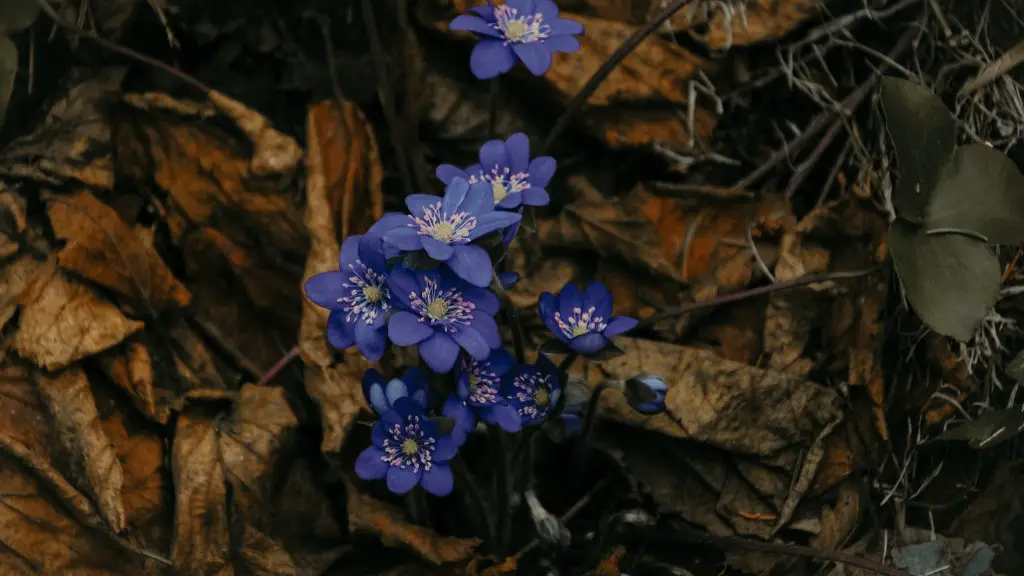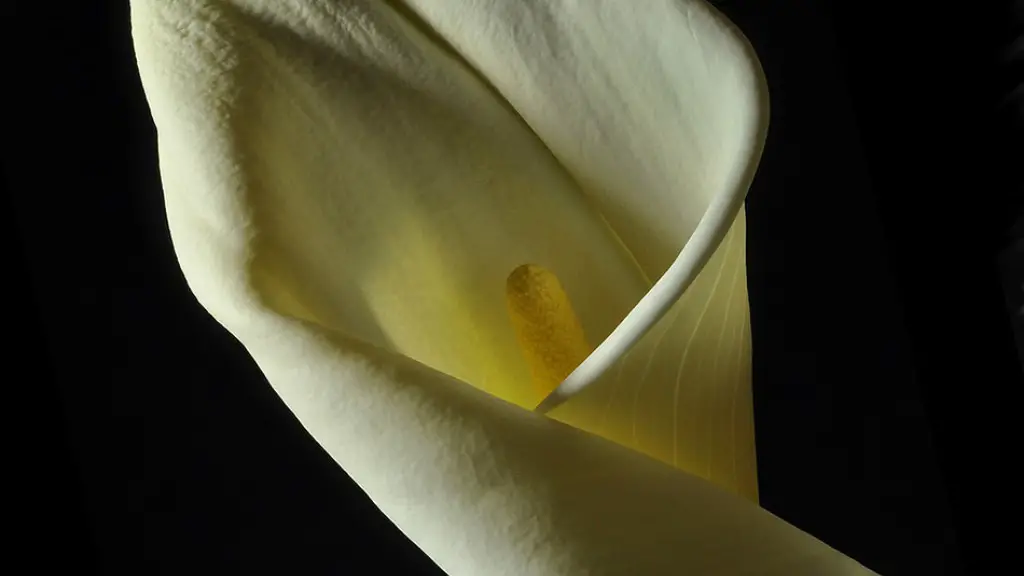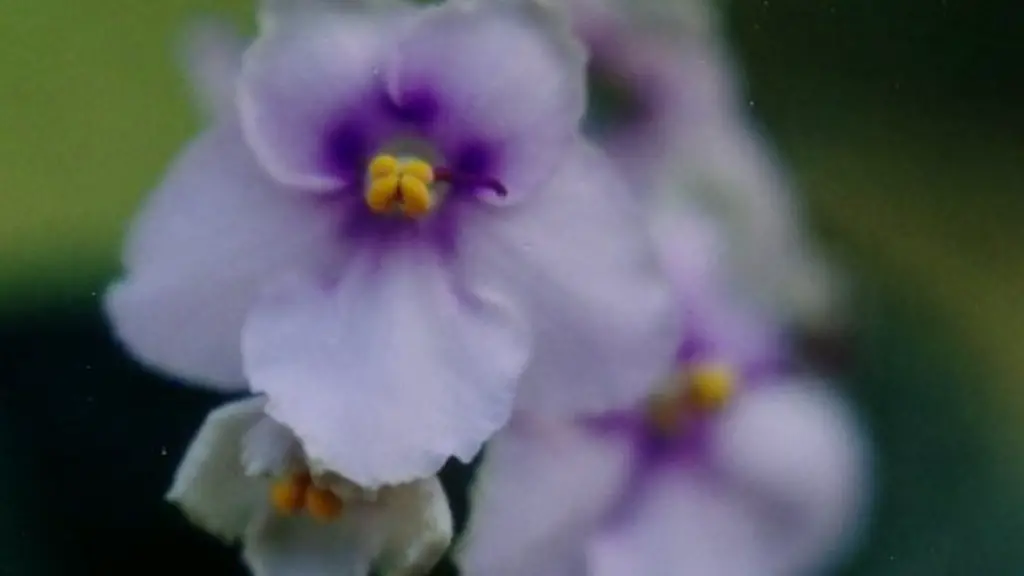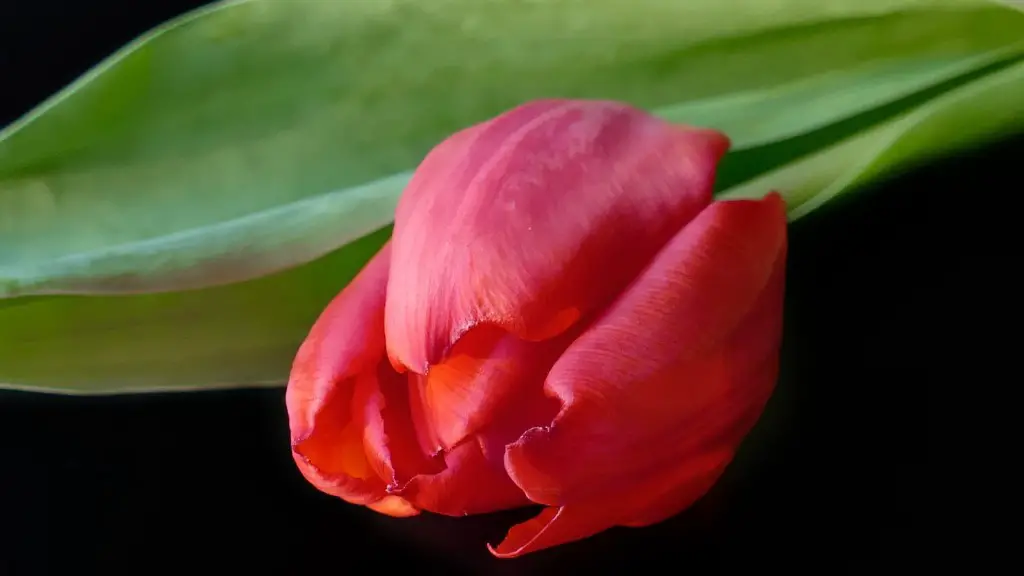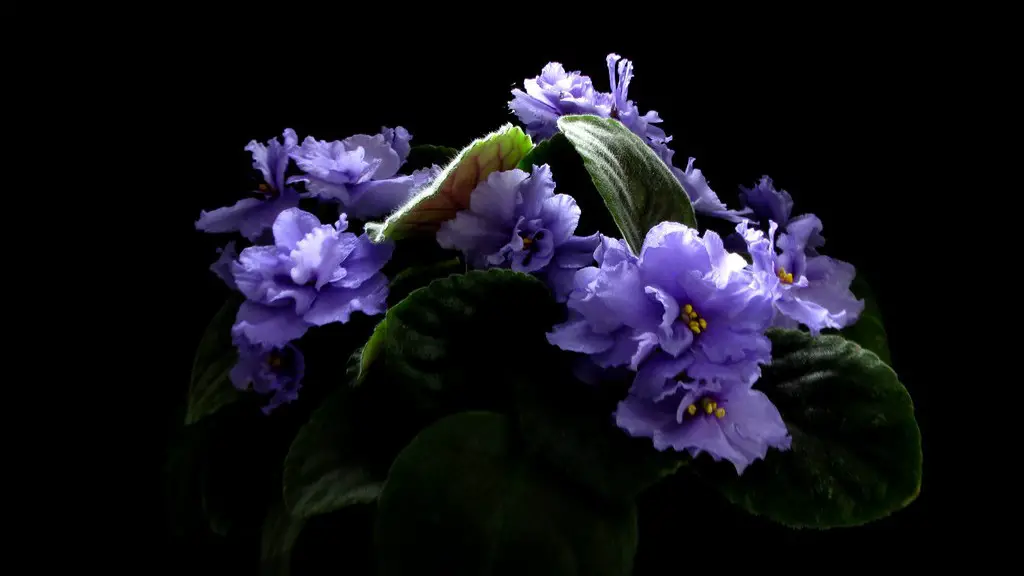The African Violet is a beautiful and popular houseplant that is known for its pretty blooms. While these plants are relatively easy to care for, one of the most important things to keep in mind is how much light they need. Too little light and your plants will not bloom, too much light and the leaves will scorch. So, how much light do African violets need to bloom?
There is no definitive answer to this question as the amount of light required to get African violets to bloom can vary depending on the particular plant. However, generally speaking, African violets need to be grown in an area that receives bright, indirect light in order to flower optimally.
How can I encourage my African violet to bloom?
If your African violet is not blooming, it is likely because it is not getting enough light. African violets need indirect sunlight; direct sunlight can burn the leaves. Choose a north- or east-facing window for best results. Keep plants away from cold glass and rotate the pot once a week so all leaves receive light.
If you want your African violets to bloom well, make sure they get plenty of bright, indirect sunlight. Too little sunlight will cause the plants to stretch for the light and produce few or no flowers; too much sun can burn the leaves. An east-facing window is ideal, especially with a sheer curtain to block the sun’s harshest rays.
How much light does an African violet need to bloom
If you want your African violets to produce flowers, you need to make sure they get at least eight hours of darkness each day. The best way to do this is to use grow lights with a timer set to 14 hours of light and 10 hours of darkness each day.
If your African Violet is getting plenty of indirect sunlight, then the shade of your hand should be barely visible over the Violet.
Does Epsom salt help African violets bloom?
Epsom salts are a great way to provide plants with essential magnesium and sulfur. These two minerals are necessary for producing beautiful blooms and healthy foliage. To use, mix one and a half teaspoons of Epsom salts in a quart of tepid water and swirl to dissolve. Water your African violets (below the leaves) with this solution once a month.
African violets are a beautiful addition to any home, and they can bloom nearly year-round if you are able to provide the correct conditions. Each bloom lasts for about 2-3 weeks, and you can expect your African violets to bloom 10-12 months each year. With a little care, you can enjoy these beautiful flowers all year long!
Where is the best place to put an African violet?
If you want your plants to have the best color and blooms, grow them in bright, indirect light. A plant stand three feet away from a west- or south-facing window is an ideal location. Plants will still grow when situated right beside north- or east-facing windows, but leaves will be thin and spindly, and plants less likely to bloom.
It is important not to mist the foliage of African violets as water on the foliage may cause permanent leaf spotting. Use water that is room temperature. African violets are susceptible to crown rot, so it is important that the crown (the section of the plant at soil level) is not saturated with water.
Should African violets be watered from the bottom
To water African violets, either from the top or bottom is fine. However, it is important to not use cold water; lukewarm or warm water is preferred. If watering from the top, be careful not to get water on the leaves when the plant is in the sun. This is to avoid leaf spots.
African violets are a beautiful and easy to care for houseplant that will bloom nearly continuously with the proper care. They prefer bright, indirect light and to be kept moist, but not soggy. Allow the soil to dry out somewhat between watering. With the right growing conditions, you can expect your African violet to produce flowers that last several weeks.
How often should a African Violet be watered?
Wicking systems are self-regulating and only allow water to rise up to the level of the potting mix, never more. This means your plants will never suffer from too much or too little water.
As we have seen, African violets can tolerate a wide range of light conditions. However, they will bloom best when they receive moderate to bright indirect light for 12 to 16 hours per day. They also need 6 to 8 hours of darkness to signal that it is time to start growing flowers.
Can African violets get too much artificial light
African violets require bright light for best growth and flowering. Excessive light causes leaves to be pale or greenish-yellow. Some leaves may show dark green areas where they have been shaded by upper leaves. Growth slows when light is too high and plants become very compact.
African violets need to be watered when the soil is almost dry, but this depends on conditions like the temperature and the season. You should water African violets about once a week, using the best method of bottom watering.
What should a healthy African violet look like?
You don’t want to get anything that’s been in a container that does not have drainage. So if you are going to buy any plant that is in a pot, make sure that the pot has drainage holes in the bottom. Also, be sure to inspect the plant for any pests or diseases before you buy it.
If you’ve been trying to improve powdery mildew on your African violets without success, it might be time to try a different approach. Instead of focusing on the plants themselves, try spraying the air around them with a mixture of baking soda and water. You can also use Lysol or another household disinfectant, but be careful not to get too much on the leaves.
Final Words
African violets typically need 12 to 16 hours of light per day in order to bloom. However, some varieties may bloom with as little as 8 hours of light.
African violets require a minimum of six hours of bright, indirect sunlight every day in order to bloom. However, too much direct sunlight can damage their leaves, so it’s important to find a balance. If you can’t provide them with enough natural light, you can supplement with grow lights.
